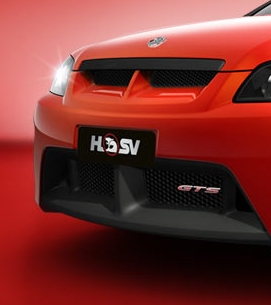Crankshafts
Generally, LS crankshafts are similar in design, with identical 2.10-inch rod and 2.65-inch main journal sizes and a common rear main seal. All LS engines uses iron crankshafts except the LS7, LS9 and LSA; they used forged steel cranks (4.00-inch stroke on the LS7; 3.62-inch stroke on the LS9 and LSA).
The crankshaft sensing function of the distributorless ignition system depends on reading the toothed reluctor wheel on the crankshaft. Early LS engines mostly used 24-tooth wheels and upgraded a few years ago to 58-tooth (also known as 58X) wheels. When building an LS engine, it is imperative the correct reluctor wheel is used with the compatible crankshaft position sensor and ignition controller.
The crankshafts are mostly interchangeable, but the snouts on LS7 and LS9 crankshafts are approximately 1-inch longer to accommodate their two-stage oil pumps that work with the engines’ dry-sump oiling systems. These forged crankshafts can be used on wet-sump engines by using a few specific components and/or modifications.
The easiest way to put a forged stroker crankshaft in your LS engine is using GM Performance Parts’ new LSX crankshafts, which are available in four stroke sizes up to 4.125 inches. They feature the standard-length snout and can be used without modification on most engines. LS7 and LS9 crankshafts can be used, but require special components and/or modifications to their snouts to accommodate standard, wet-sump oiling systems.
 LS1, LS6,LS2, LS3, L99, LS4, LS7, LS9 And LSA Engine History - LS Engine And LSX History.
LS1, LS6,LS2, LS3, L99, LS4, LS7, LS9 And LSA Engine History - LS Engine And LSX History.